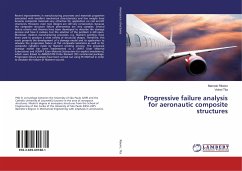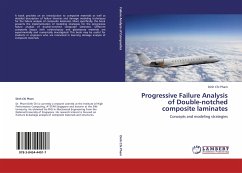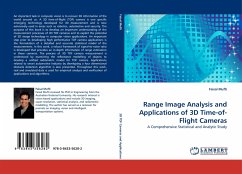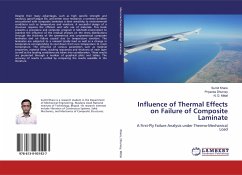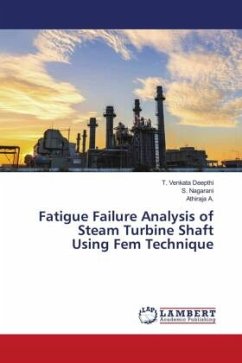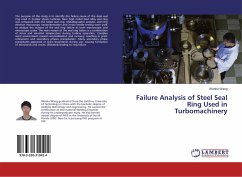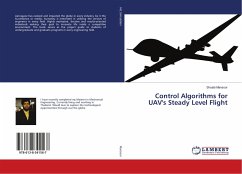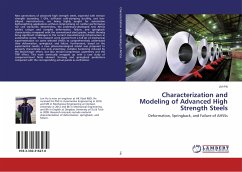Recent improvements in manufacturing processes and materials properties associated with excellent mechanical characteristics and low weight have became composite materials very attractive for application on civil aircraft structures. However, even new designs are still very conservative, because the composite structure failure phenomena are very complex. Several failure criteria and theories have been developed to describe the damage process and how it evolves, but the solution of the problem is still open. Moreover, modern manufacturing processes, e.g. filament winding, have been used to produce a wide variety of structural shapes. Therefore, this work presents the development of a damage model and its application to simulate the progressive failure of flat composite laminates as well as for composite cylinders made by filament winding process. The proposed damage model has been implemented as a UMAT (User Material Subroutine) and VUMAT (User Material Subroutine for explicit simulations), which were linked to ABAQUSTM Finite Element (FE) commercial package. Progressive failure analyses have been carried out using FE Method in order to simulate the failure of filament wound.
Bitte wählen Sie Ihr Anliegen aus.
Rechnungen
Retourenschein anfordern
Bestellstatus
Storno

